If you’ve ever spotted birds rolling around in patches of loose dirt or sand in your garden, you’ve witnessed a fascinating natural behavior called dust bathing. This peculiar yet purposeful activity might seem counterintuitive—after all, most birds are known for keeping their feathers meticulously clean through water bathing and preening. However, dirt bathing serves several vital functions in bird health and hygiene that water alone cannot provide. From pest control to feather maintenance, these dusty displays are an important part of avian self-care. Let’s explore the fascinating world of bird dust baths, why they occur in your garden, and how you can create safe, attractive bathing stations for your feathered visitors.
The Fundamental Purpose of Dust Bathing
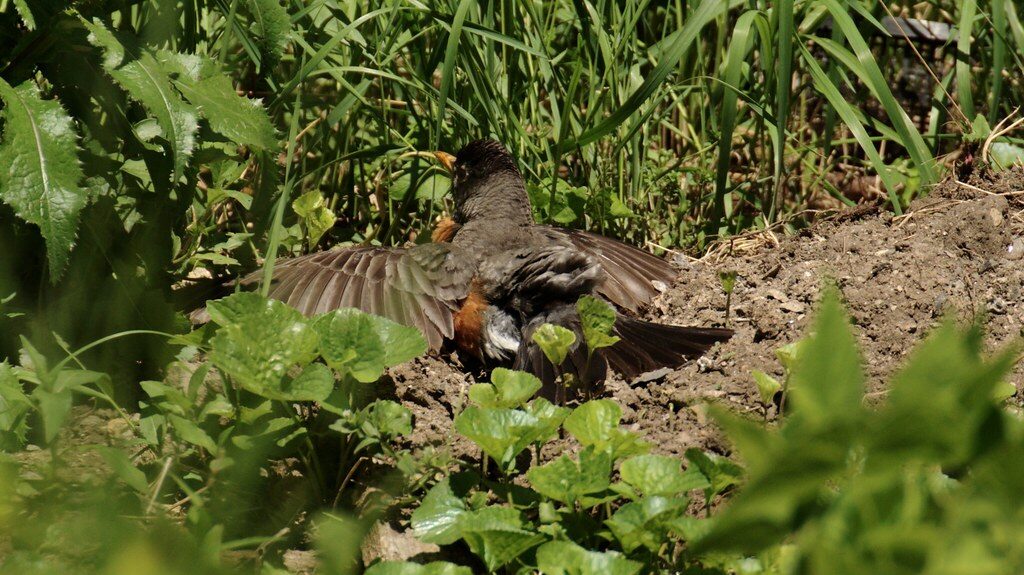
Dust bathing serves as a crucial grooming mechanism for many bird species, particularly ground-dwelling birds like sparrows, thrushes, and quail. When birds roll and flutter in dry soil or sand, the fine particles penetrate deep between their feathers and absorb excess oil, sweat, and other bodily secretions that can accumulate over time. This natural cleansing process helps maintain proper feather condition by preventing the buildup of greasy substances that could compromise feather structure and function. Unlike water bathing, which primarily rinses away surface dirt, dust bathing addresses issues at the skin level and reaches areas water might miss. For some species that evolved in arid environments, dust bathing may actually be more important than water bathing for regular maintenance.
Pest Control and Parasite Management
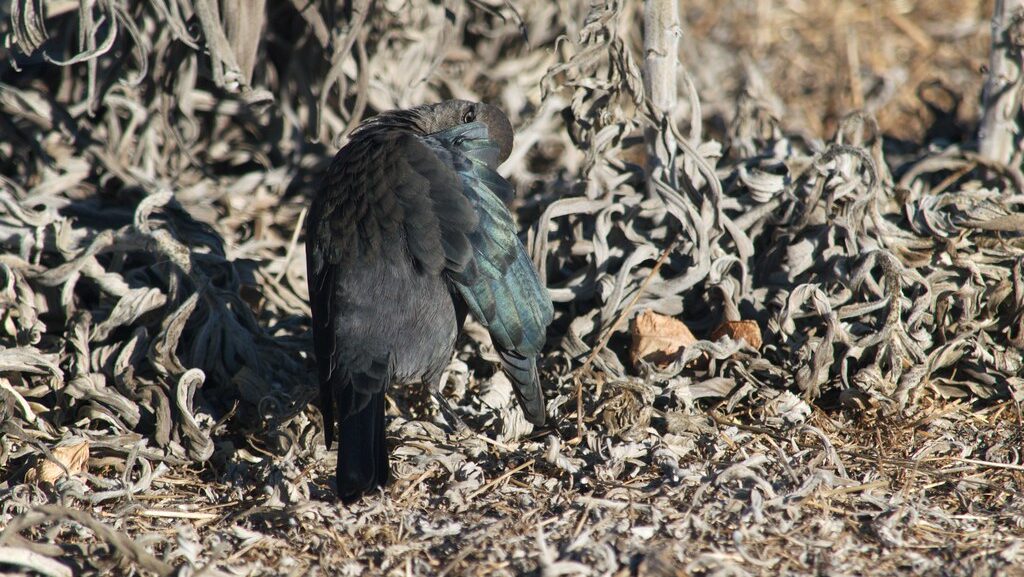
One of the primary motivations behind dust bathing is natural pest control. Birds are constantly battling tiny parasites like mites, lice, and other feather-dwelling creatures that can cause irritation, infection, and even feather damage. The fine particles in dust act as an abrasive agent, physically dislodging these parasites from the bird’s skin and feathers. Additionally, certain soil types contain substances that may be toxic or repellent to parasites, providing a double benefit for bathing birds. Research has shown that birds denied access to dust bathing materials show higher parasite loads and increased scratching behaviors, indicating discomfort. This natural parasite management strategy is particularly important for wild birds that don’t have access to veterinary care.
Thermoregulation Benefits
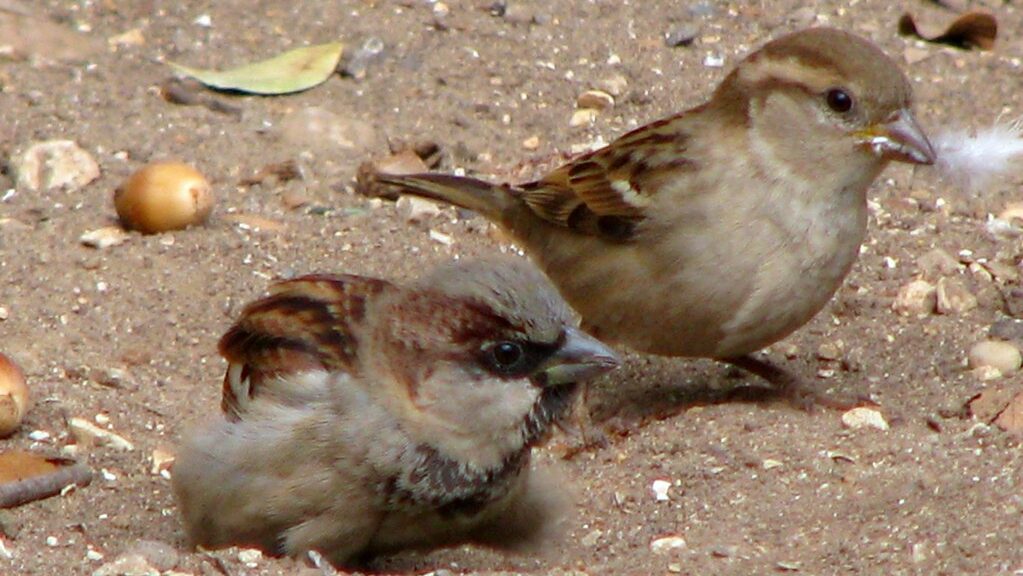
Dust bathing also plays a significant role in helping birds manage their body temperature, especially during hot weather. The process of covering feathers with dust can help dissipate excess heat and provide a cooling effect, similar to how some mammals use mud to cool down. As birds toss dirt onto their backs and wings, the particles can absorb heat from the body and carry it away when shaken off. Additionally, by removing excess oils through dust bathing, birds maintain better feather insulation properties that help regulate temperature in both hot and cold conditions. This thermoregulation function becomes particularly important during summer months when birds might visit your garden’s dusty patches more frequently during peak heat hours.
Species Most Likely to Dust Bathe
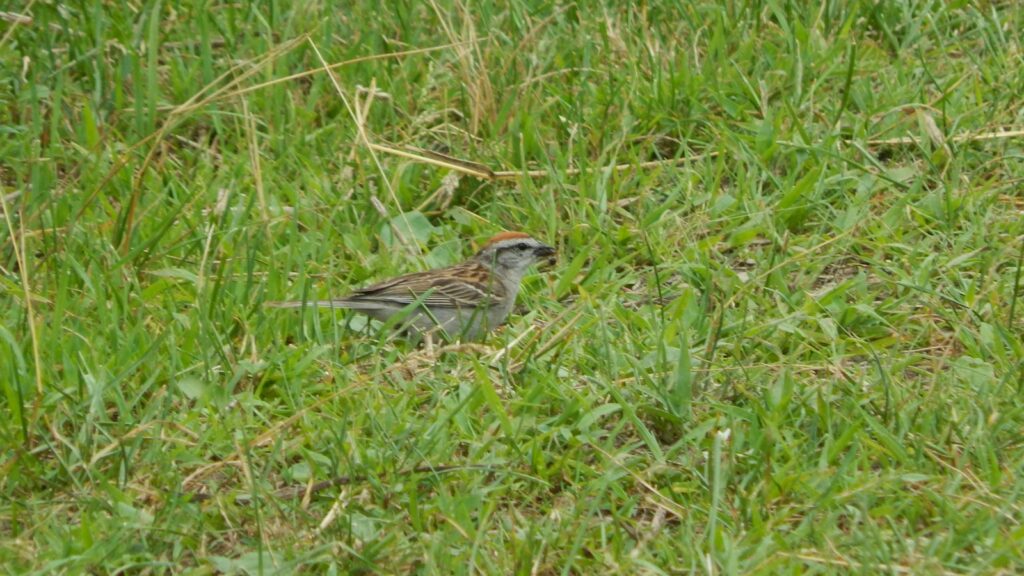
While many bird species engage in dust bathing, certain types are much more likely to perform this behavior in your garden. Ground-foraging birds like sparrows, finches, thrushes, and starlings are frequent dust bathers, as are game birds such as quail, pheasants, and turkeys. Chickens are perhaps the most enthusiastic dust bathers, creating distinctive bowl-shaped depressions in garden soil. Different species have developed specific dust bathing techniques—some birds create shallow depressions before lying on their sides and using their wings to toss dirt over their bodies, while others may perform a series of rapid body-shaking movements. Interestingly, some birds that normally prefer water baths, like robins, will occasionally dust bathe during dry spells when water is scarce.
Preferred Soil Types and Locations
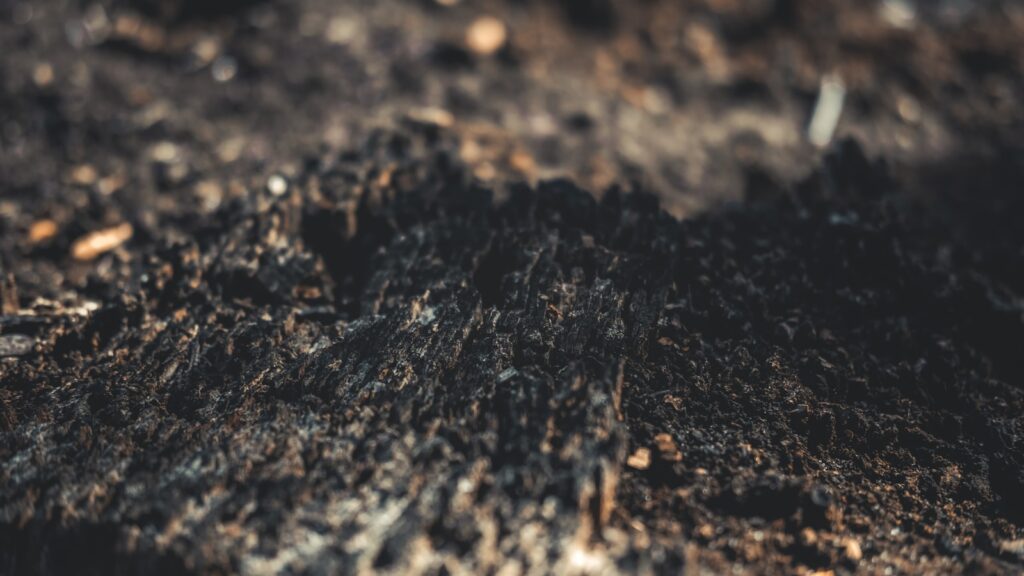
Birds show distinct preferences for certain soil types and locations when selecting dust bathing sites. The ideal bathing medium consists of fine, dry, loose particles that can easily penetrate between feathers—sandy soils, fine dust, or decomposed organic matter are particularly favored. Areas that receive regular sunlight are preferred as they ensure the soil remains dry and warm, enhancing the effectiveness of the bath. Birds typically seek protected locations for dust bathing, such as under shrubs or near hedgerows, which provide escape routes from predators during this vulnerable activity. In gardens, bare patches under bird feeders, along path edges, or in flower beds with exposed soil often become regular bathing spots as birds recognize these areas as safe and suitable.
Seasonal Patterns in Dust Bathing
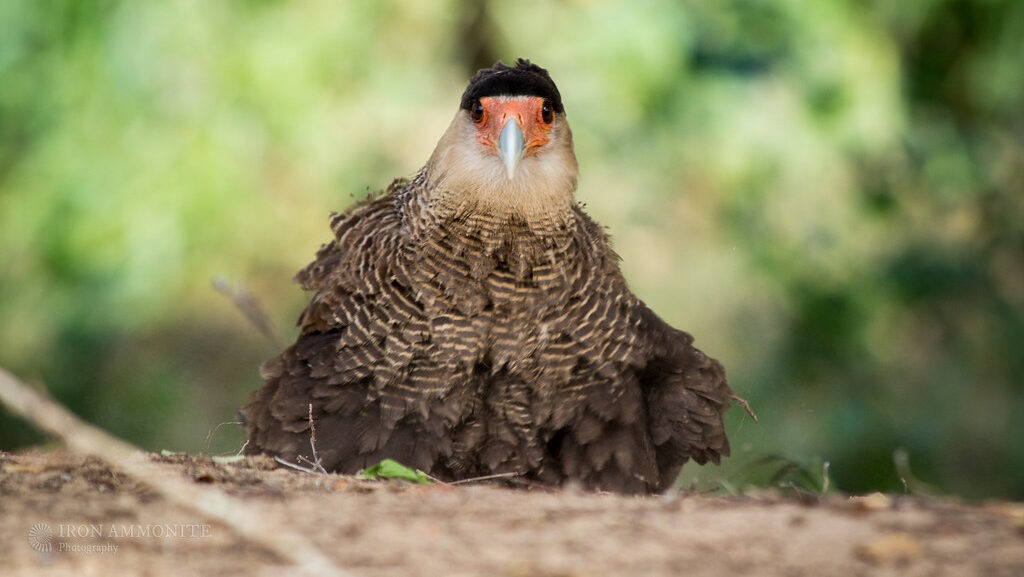
Dust bathing behavior follows distinct seasonal patterns that garden observers may notice throughout the year. The frequency of dust bathing typically increases significantly during warmer months, peaking in late spring and summer when parasite populations are booming and birds need additional cooling mechanisms. Many species also increase dust bathing during molting periods, as the behavior helps remove loose feathers and soothes skin irritation associated with new feather growth. Conversely, dust bathing often decreases during rainy seasons when suitable dry soil is scarce, though some birds may take advantage of covered areas that remain dry. Winter dust bathing is less common but still occurs on mild, dry days, particularly in sheltered southern exposures where soil might warm and dry sufficiently.
Social Aspects of Dust Bathing
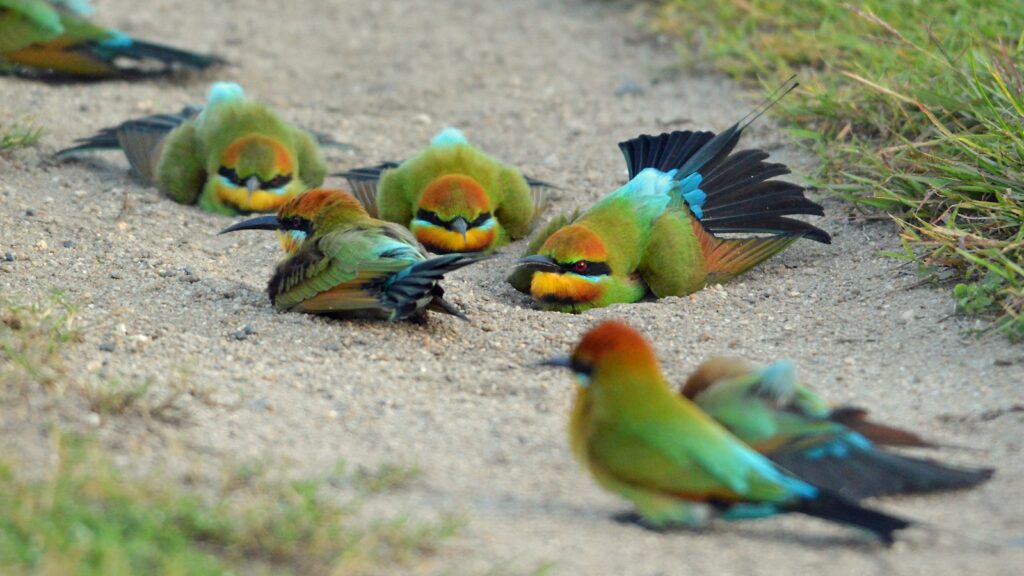
Dust bathing often exhibits fascinating social dimensions that add another layer to this behavior. Many species prefer to dust bathe in groups, with one bird’s bathing activity frequently triggering others to join in. This communal bathing serves multiple purposes beyond hygiene—it strengthens social bonds within flocks and allows birds to benefit from safety in numbers while engaged in this vulnerable activity. Experienced birds may demonstrate proper bathing techniques to younger individuals, essentially teaching them this important self-maintenance skill. Garden observers might notice that once a particular dust bathing spot becomes established, multiple species will visit it throughout the day, sometimes waiting their turn or sharing the space simultaneously in a remarkable display of resource sharing.
Creating Bird-Friendly Dust Baths
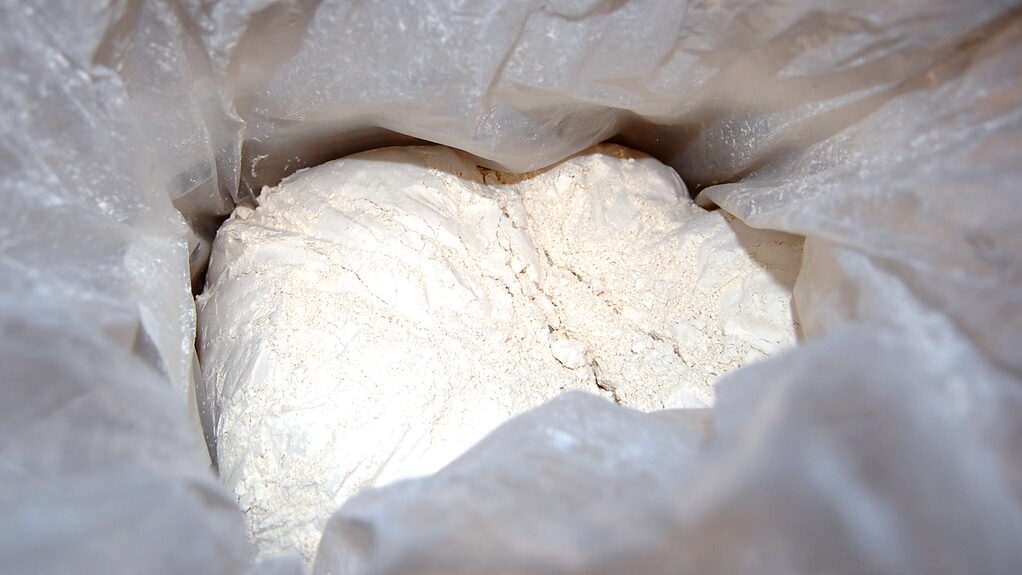
Gardeners can intentionally create appealing dust bathing stations to support bird health and increase wildlife viewing opportunities. An effective dust bath can be as simple as a shallow depression about two inches deep and one to two feet in diameter, filled with a mixture of fine sand, dry potting soil, and wood ash or diatomaceous earth (food grade only). Positioning dust baths in partially sheltered locations that receive morning sun but afternoon shade provides ideal conditions for bathing birds. Adding a few larger stones around the edges gives birds perching spots to survey the area before bathing. Remember to keep dust baths away from dense vegetation that could harbor predators, while still providing nearby shrubs or trees as escape routes for bathing birds who need to flee quickly.
Potential Garden Impacts
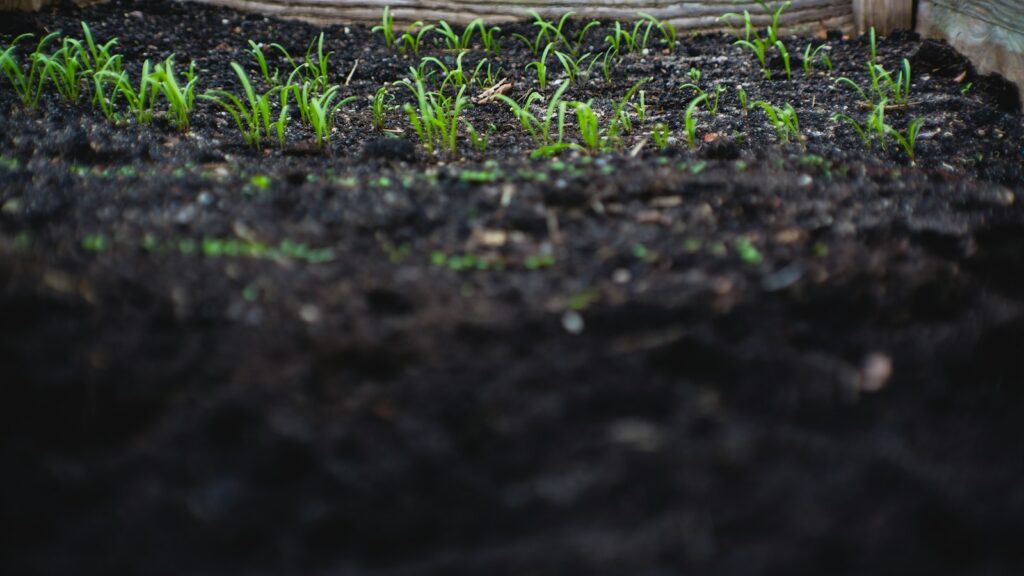
While dust bathing birds provide delightful garden entertainment, this behavior can occasionally create minor landscape challenges for gardeners. Regular bathing spots may develop into noticeable depressions or bare patches in lawns or flowerbeds as birds repeatedly loosen and scatter the soil. Plants adjacent to popular dust bathing locations might experience root exposure or minor damage from enthusiastic bathing activities. Newly seeded areas are particularly vulnerable, as the loose, freshly turned soil presents an irresistible bathing opportunity for birds. However, these minor impacts are generally outweighed by the beneficial insect control these same birds provide, and most gardeners find that designating specific bathing areas helps minimize unwanted digging in prized garden spots.
Dust Bathing Versus Water Bathing
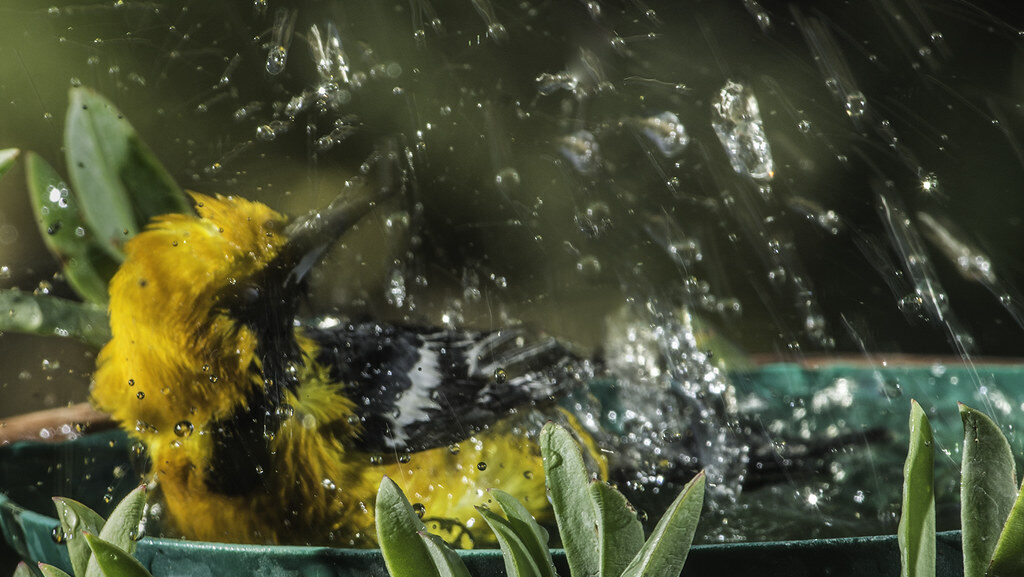
Birds utilize both dust and water bathing as complementary grooming strategies, each serving distinct purposes in their hygiene regimen. Water bathing primarily rinses away surface dirt and helps condition feathers by distributing natural oils during subsequent preening. In contrast, dust bathing absorbs excess oils and removes parasites from deep within the feather layers and from the skin itself. Many species engage in both behaviors, sometimes even in sequence—dust bathing followed by water bathing or vice versa, depending on environmental conditions and individual needs. The availability of both bathing options in a garden greatly enhances its attractiveness to a wider variety of bird species. Providing both dust and water bathing opportunities represents the gold standard in bird-friendly garden design.
Observing and Photographing Dust Bathing

Dust bathing offers exceptional wildlife viewing and photography opportunities for garden enthusiasts. This behavior typically lasts longer than water bathing, with birds sometimes spending up to 20 minutes thoroughly enjoying their dust bath. The predictable nature of dust bathing sites means photographers can prepare optimal shooting positions in advance. To capture compelling images, position yourself at a respectful distance using a telephoto lens, ideally during morning hours when birds are most active and lighting is favorable. Patient observers will be rewarded with charming behavioral displays as birds fluff their feathers, shake vigorously, and perform wing-assisted somersaults in the dust. Taking note of regular bathing times can help predict when the best viewing opportunities might occur in your garden.
Protecting Birds During Vulnerable Moments
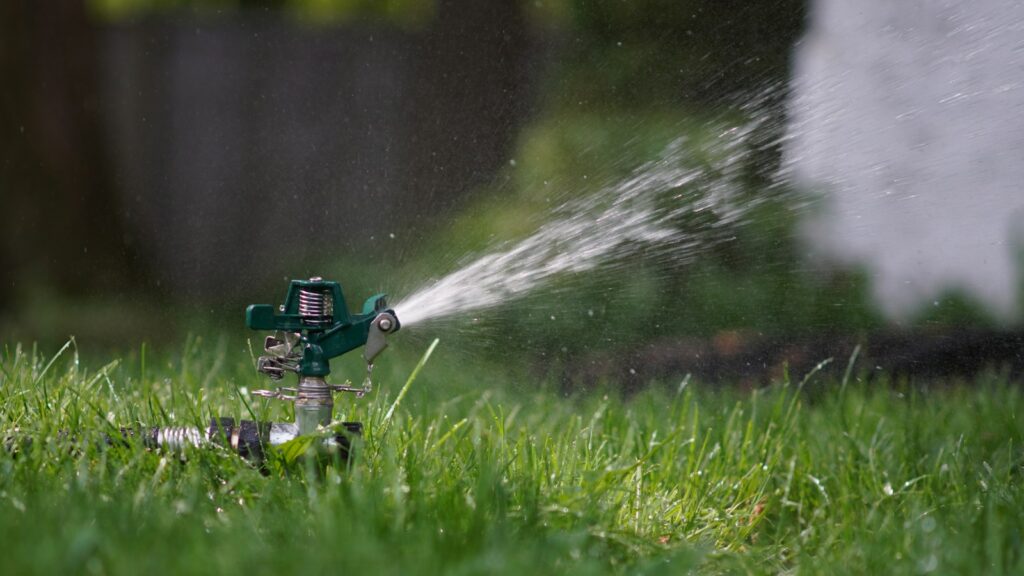
While dust bathing, birds experience a period of increased vulnerability to predators. During this activity, their attention is diverted from scanning for threats, their vision may be temporarily impaired by flying dust, and their flight feathers can become momentarily weighted down with soil particles. Responsible garden stewards can help protect bathing birds by positioning dust bathing areas away from places where domestic cats might hide and by installing predator deterrents like motion-activated sprinklers near bathing sites. Providing nearby elevated perches allows birds to survey the area before committing to a bath, while adjacent shrubs or dense plantings offer quick escape routes. These thoughtful accommodations can significantly reduce predation risk while still allowing birds to engage in this essential health maintenance behavior.
Connecting with Nature Through Observation
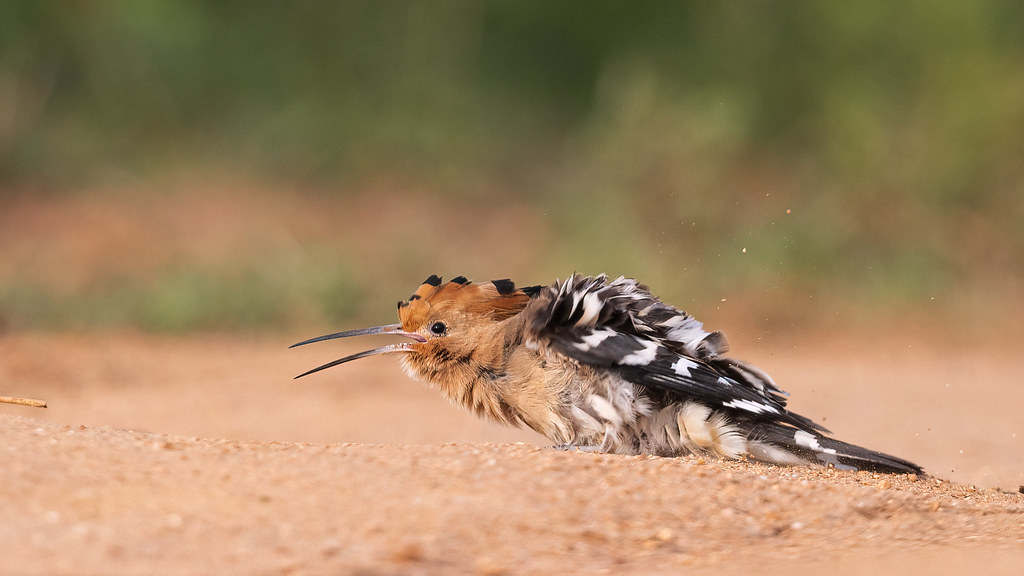
The simple act of observing dust bathing birds creates meaningful connections to the natural world right in your own backyard. Taking time to watch these intimate grooming rituals provides windows into bird behavior rarely seen during typical bird watching activities. Many observers report that following the same individual birds or groups over time reveals fascinating patterns and personalities, fostering a deeper appreciation for these wild neighbors. Keeping a garden journal documenting dust bathing behaviors—including species, times of day, weather conditions, and seasonal patterns—contributes valuable citizen science data while enhancing personal enjoyment. This mindful observation practice offers moments of tranquility and wonder, reminding us that our gardens serve as vital wildlife habitats supporting complex natural behaviors beyond mere feeding opportunities.
Conclusion
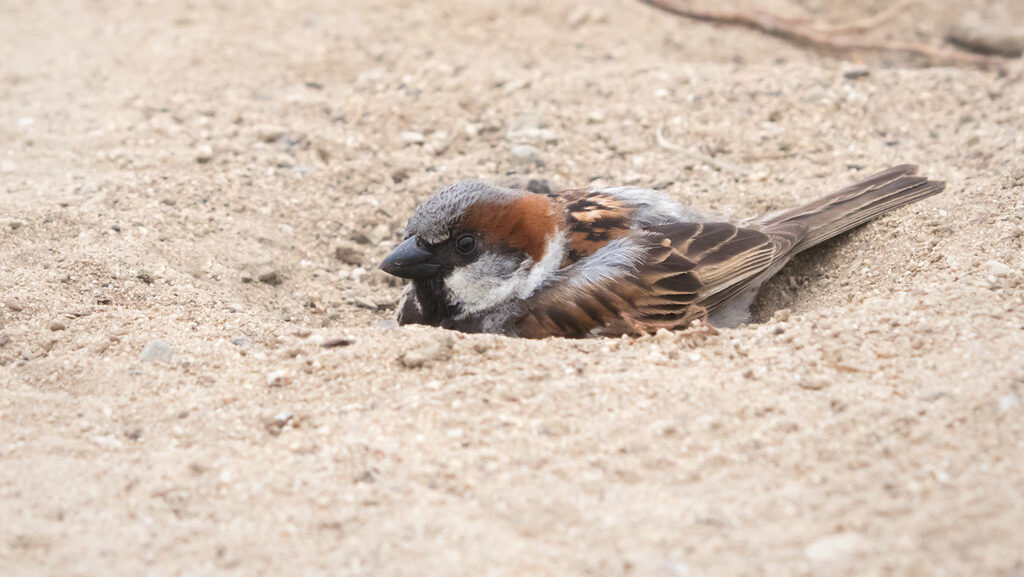
Dust bathing represents one of nature’s ingenious solutions for maintaining bird health and comfort. By understanding why birds engage in this behavior in your garden, you can better appreciate this curious activity and even enhance your landscape to support it. Whether you choose to create dedicated dust bathing stations or simply protect naturally occurring bathing spots, accommodating this essential behavior makes your garden more hospitable to wild birds. The next time you spot a sparrow or robin vigorously flinging dirt across its feathers, take a moment to appreciate this remarkable adaptation that helps birds thrive in diverse environments—including your own backyard.
